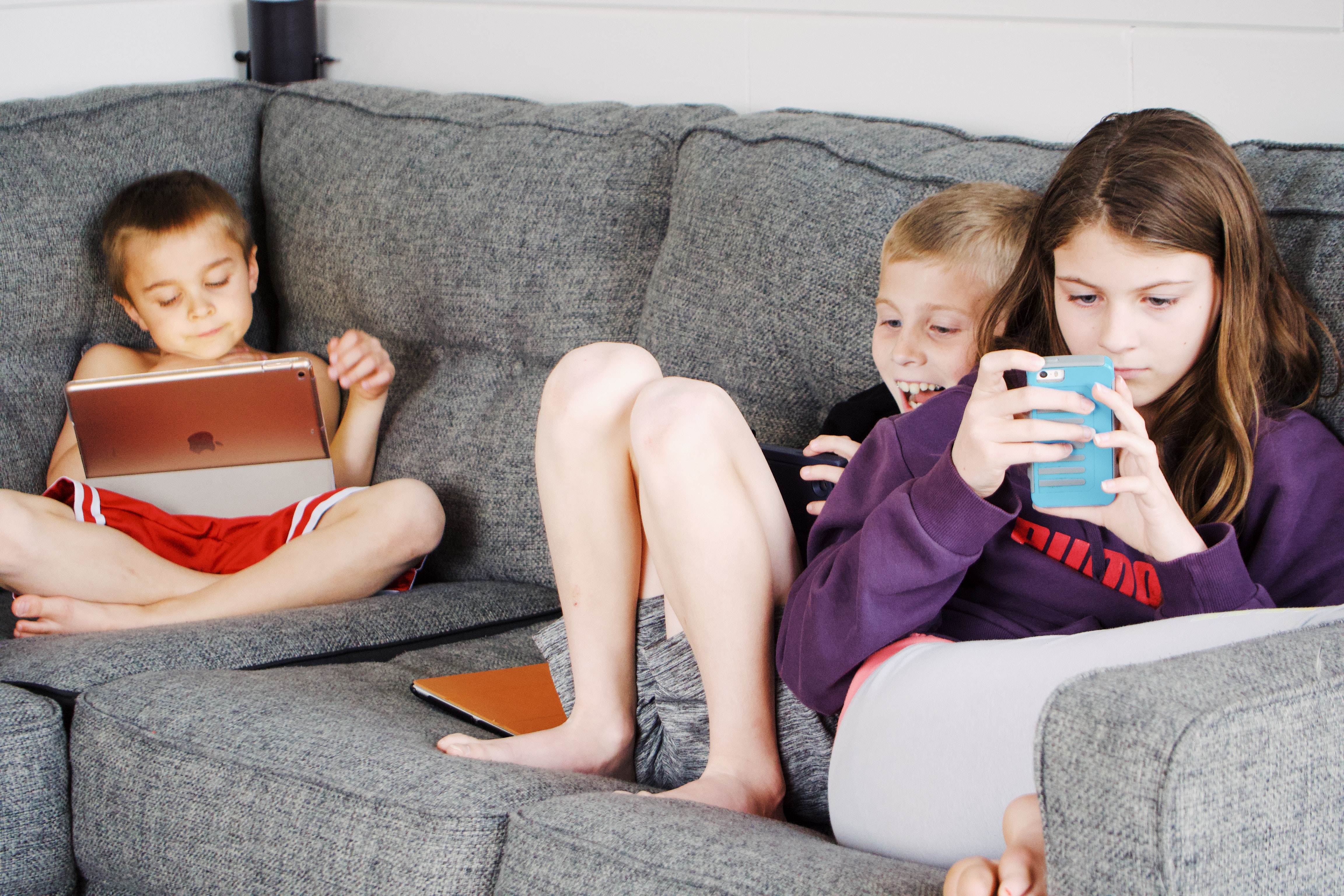
With parts of the nation remaining in lockdown due to the spread of COVID-19, many people have turned to streaming services to keep entertained with a new TV series or movie, or tuned in to see Australia compete for gold in the Olympics. With more time spent streaming, the ever-so-painful experiences of long buffering times, low resolution displays, or unexpectedly high data usage are becoming more and more common. The good news is that there are several steps that consumers can take when using streaming services to ensure the best possible experience.
App isn’t working or it crashes? Switch it off and on again
If the streaming service you’re using isn’t working as it should be, it may be a simple case of logging out, closing the application or website, and logging back in. Alternatively, if you’re using the service on a mobile device, try restarting your device first to clear any problems that may have occurred in the computer’s active memory (RAM).
If you are entirely unable to access a website or application for streaming purposes, it could be a case of increased web traffic or demand causing the website/app to crash completely. For example, if millions of Australians tune in to watch the Olympics on the 7plus app to cheer on the Dolphins or the Matildas, the app may crash and leave you unable to access content.
Internet dropping out? Check your home internet connection
Wi-Fi signals often struggle through thick walls, or over long distances, so moving your Wi-Fi router may improve your connection.
Some slower internet plans, such as NBN 25, can struggle when there are too many devices using the internet at any given time. If you have lots of devices, like a laptop, mobile phone, tablet, and smart devices like Google Home all connected to your home Wi-Fi at the same time, this can slow down your streaming experience. Disconnect any devices not in use from the Wi-Fi to speed up your connection.
Video blurry or pixelated? Check your internet speed and app settings.
Check your internet speed
Do an online speed test to compare your home internet speed to your internet provider’s advertised speeds.
As a guide, Netflix requires the following internet speeds to stream video:
- 0.5 Mbps per second – Required broadband connection speed
- 1 Mbps per second – Recommended broadband connection speed
- 5 Mbps per second – Recommended for HD quality
These speeds assume that you are only watching Netflix, and not also checking your social media or streaming music etc. You’ll need more speed to cover any other connected devices or internet users in your home.
If you’re not getting the speeds you’ve signed up for, contact your internet provider and clearly state that you want to make a complaint about slow speeds or an unreliable service.
Check your apps video quality settings
If the quality of the video on-screen is blurry or noticeably pixelated, it may be that your resolution settings are set lower than what they should be. Look in the settings menu for your streaming service or streaming app for resolution settings. For high-resolution videos, you’ll want to look for 720p or above on any large displays, but smartphones users should be able to watch videos on 360p or 480p and still have a good quality streaming experience.

Comments powered by CComment